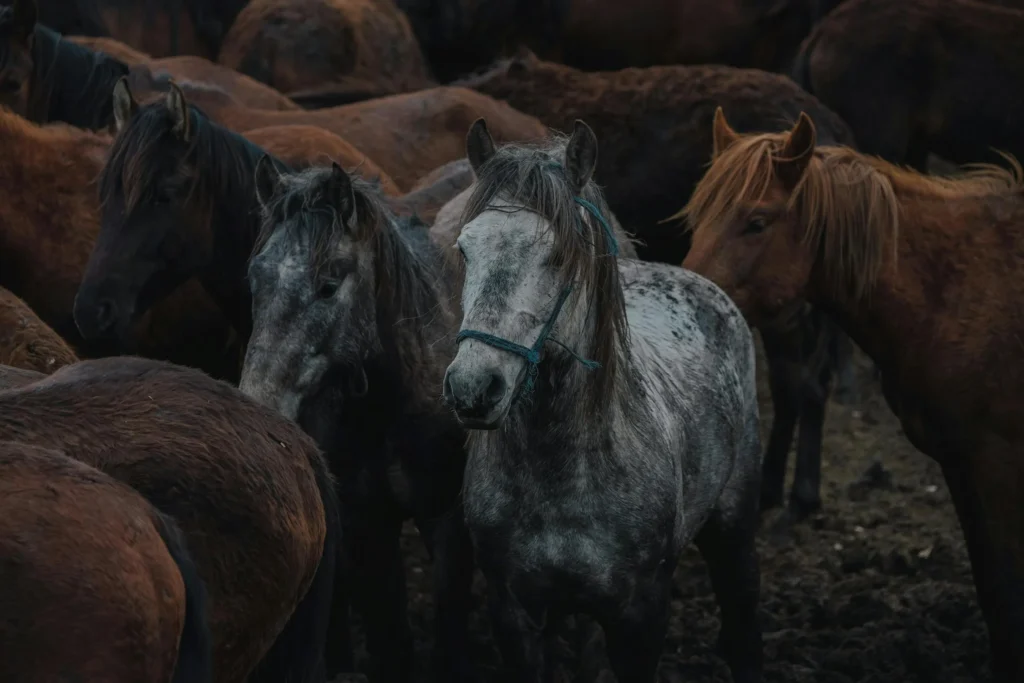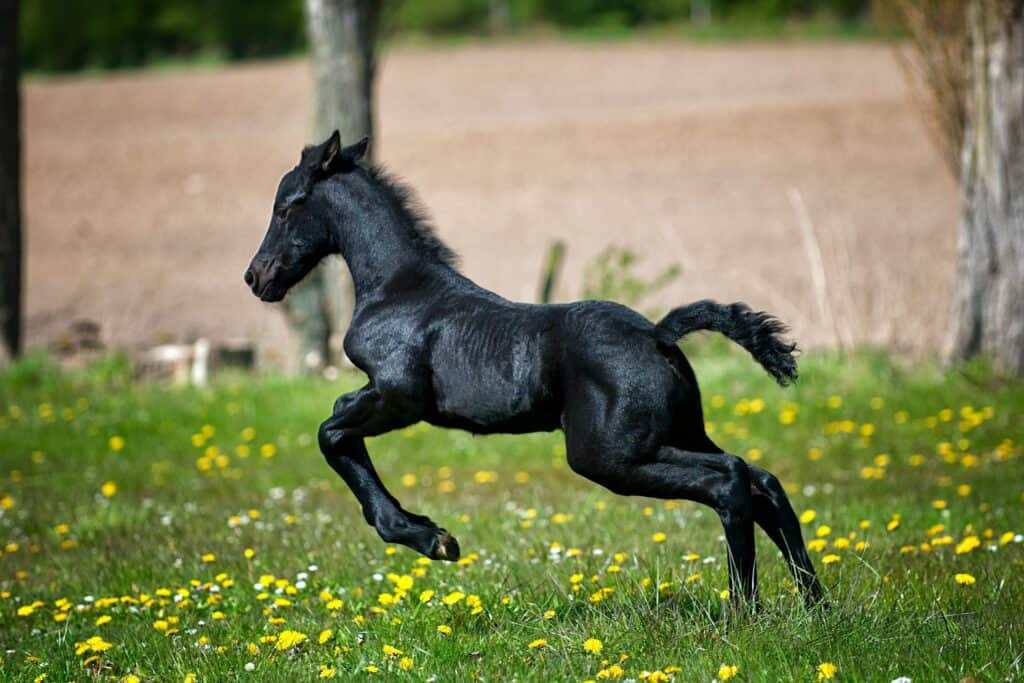Discover Your Horse’s True Colors with the Horse Color Calculator
Introduction to Horse Coat Colors
Horses come in a breathtaking array of coat colors (Horse Color Calculator) , each with its own unique charm. Whether it’s the striking spots of an Appaloosa or the creamy dilution of a Cremello, these colors are more than just aesthetics—they’re the result of intricate genetic interactions. For horse owners and breeders, understanding these genetics can be a game-changer, especially when planning breedings or simply satisfying curiosity about a horse’s appearance. This is where the Horse Color Calculator comes in, offering a user-friendly way to predict and analyze coat color outcomes based on genetic principles.
The Horse Color Calculator is a digital tool that simplifies the complex world of equine genetics. By inputting the coat colors or genetic markers of two parent horses, users can get accurate predictions about the potential coat colors of their offspring. Whether you’re a breeder aiming for a specific color or a horse lover curious about genetics, this tool is your go-to resource.
Why Horse Coat Colors Matter
Coat color is one of the first things people notice about a horse. It’s not just about beauty—color can influence a horse’s value, breed standards, and even its role in certain disciplines. For example, some breeds, like the Andalusian, are prized for specific colors, while others, like the American Quarter Horse, celebrate a wide range of hues. Beyond aesthetics, understanding coat color genetics can help breeders avoid certain genetic disorders linked to specific color patterns, such as Lethal White Syndrome in Overo Paint horses.
The Horse Color Calculator empowers users to make informed decisions. By predicting the likelihood of certain coat colors, it helps breeders plan matings to achieve desired outcomes or avoid unwanted ones. For example, if you’re hoping for a Buckskin foal, the Horse Color Calculator can tell you the probability based on the parents’ genetics, saving time and resources.
The Science Behind Horse Coat Colors
To appreciate the Horse Color Calculator, it’s helpful to understand the basics of equine coat color genetics. Horse coat colors are determined by a combination of genes that control pigmentation, dilution, and patterns. Here’s a quick overview:
Base Coat Colors
All horse coat colors start with one of two base colors:
Chestnut: A reddish or brownish coat with no black points (mane, tail, or legs).
Black: A solid black coat, though it can be modified by other genes.
These base colors are determined by the Extension gene (E/e). A horse with the dominant E allele will express black, while a recessive ee combination results in chestnut.
Dilution Genes
Dilution genes lighten the base coat, creating stunning variations like:
Cremello: A double-diluted chestnut (ee) with two cream genes (CrCr), resulting in a pale, creamy coat.
Palomino: A chestnut base with one cream gene (Cr), giving a golden body with a white mane and tail.
Buckskin: A black base (E) with one cream gene, producing a tan body with black points.
Pattern Genes
Pattern genes add distinctive markings, such as:
Appaloosa: Characterized by spotted patterns, controlled by the Leopard Complex (Lp) gene.
Tobiano: A Paint horse pattern with large, rounded white patches, controlled by the Tobiano gene (To).
Roan: A mix of white and colored hairs, caused by the Roan gene (Rn).
The Horse Color Calculator takes these genetic factors into account, allowing users to input known or suspected genotypes to predict outcomes. For instance, if you know one parent carries the cream gene and the other is a Tobiano, the calculator can estimate the chances of getting a Palomino with Tobiano markings.

How the Horse Color Calculator Works
The Horse Color Calculator is designed to be intuitive, even for those with little knowledge of genetics. Here’s a step-by-step guide to using it:
Input Parent Information: Enter the coat colors or genotypes of the sire and dam. If you don’t know the exact genotype, many calculators allow you to select visual coat colors (e.g., Bay, Chestnut) and make educated guesses based on common genetic profiles.
Select Desired Traits: Some calculators let you specify which traits you’re aiming for, such as a specific dilution or pattern.
View Results: The Horse Color Calculator generates a list of possible coat colors for the foal, along with their probabilities. For example, it might show a 50% chance of a Bay foal and a 25% chance of a Buckskin.
Advanced versions of the Horse Color Calculator may also account for less common genes, like the Silver dilution or the Dun factor, which adds a dorsal stripe and primitive markings. By factoring in these variables, the calculator provides a comprehensive picture of potential outcomes.
Benefits of Using the Horse Color Calculator
The Horse Color Calculator offers numerous advantages for horse enthusiasts:
For Breeders
Breeders can use the Horse Color Calculator to plan matings strategically. For example, if you’re aiming for a Palomino foal, you’ll need at least one parent with the cream gene. By inputting the parents’ genetics, the calculator can confirm whether this outcome is possible and what other colors might appear. This reduces the guesswork and helps breeders achieve their goals.
For Horse Owners
Even if you’re not breeding, the Horse Color Calculator is a fun and educational tool. Curious about your horse’s genetic makeup? By entering its coat color and any known parent information, you can learn more about its genetic profile. This can also help identify carriers of certain genes, which is useful for future breeding decisions.
For Avoiding Genetic Issues
Some coat colors are associated with genetic disorders. For instance, the Frame Overo gene (linked to Lethal White Syndrome) can be fatal in homozygous foals. The Horse Color Calculator can help identify the risk of producing affected foals, allowing breeders to make safer choices.
Real-World Applications of the Horse Color Calculator
Let’s explore a few scenarios where the Horse Color Calculator shines:
Scenario 1: Planning a Palomino Foal
Suppose you have a Chestnut mare and a Bay stallion, and you’re hoping for a Palomino foal. By entering their coat colors into the Horse Color Calculator, you learn that the stallion must carry the cream gene for a Palomino to be possible. The calculator shows a 50% chance of a Palomino if the stallion is heterozygous for cream (Cr/cr). Without the calculator, you might have proceeded with the mating unaware of the genetic requirements.
Scenario 2: Avoiding Lethal White Syndrome
You’re considering breeding two Paint horses, both with Overo patterns. The Horse Color Calculator reveals that both horses carry the Frame Overo gene (O/o). The calculator warns that there’s a 25% chance of producing a foal with Lethal White Syndrome (O/O), which is fatal. Armed with this knowledge, you might choose a different pairing to avoid the risk.
Scenario 3: Exploring Appaloosa Patterns
You own an Appaloosa mare with a leopard-spot pattern and want to breed her to a solid-colored stallion. Using the Horse coat Color Calculator, you discover that the foal has a 50% chance of inheriting the Leopard Complex gene (Lp/lp), which could result in a spotted coat. This helps you set realistic expectations for the foal’s appearance.
Common Horse Coat Colors and Their Genetics
To make the most of the Horse Color Calculator, it’s helpful to know some common coat colors and their genetic basis. Here’s a quick reference:
Bay: A black base (E) with the Agouti gene (A), which restricts black to the points (mane, tail, legs). Common in many breeds.
Chestnut/Sorrel: A recessive ee genotype, resulting in a red or reddish-brown coat with no black.
Black: A true black coat (E, aa), rare in its pure form but foundational for other colors.
Palomino: Chestnut (ee) with one cream gene (Cr/cr), creating a golden coat.
Buckskin: Bay (E, A) with one cream gene (Cr/cr), producing a tan coat with black points.
Cremello: Chestnut (ee) with two cream genes (CrCr), resulting in a pale, creamy coat.
Tobiano: A Paint pattern with large, rounded white patches, controlled by the Tobiano gene (To).
Appaloosa: Spotted patterns governed by the Leopard Complex (Lp) gene, often with a blanket or leopard pattern.
The Horse coat Color Calculator simplifies these interactions by doing the genetic math for you, so you don’t need to memorize complex allele combinations.

Tips for Using the Horse Color Calculator Effectively
To get the most accurate results from the Horse Color Calculator, follow these tips:
Know Your Horses’ Genetics: If possible, get genetic testing done on your horses to confirm their genotypes. Many labs offer tests for common genes like Extension, Agouti, Cream, and Tobiano.
Double-Check Inputs: Entering the wrong coat color or genotype can skew results. If you’re unsure, consult a veterinarian or equine geneticist.
Understand Limitations: The Horse Color Calculator provides probabilities, not guarantees. Other factors, like rare mutations or incomplete penetrance, can affect outcomes.
Explore Advanced Features: Some calculators offer options to include less common genes, like Dun or Silver. If your horse’s breed is known for these traits, make sure to use a calculator that accounts for them.
Where to Find a Horse Color Calculator
There are several Horse coat Color Calculator available online, ranging from simple tools to advanced platforms. Some popular options include:
Animal Genetics: Offers a robust calculator with detailed genetic inputs.
Veterinary Genetics Laboratory (UC Davis): Provides a user-friendly tool backed by equine geneticists.
Breed-Specific Websites: Many breed associations, like the American Quarter Horse Association, offer calculators tailored to their breed’s common colors.
When choosing a Horse coat Color Calculator, look for one that’s reputable, easy to use, and updated with the latest genetic research. Some calculators are free, while others may require a small fee for advanced features.
The Future of Horse Color Calculators
As equine genetics research advances, Horse Color Calculators are becoming more sophisticated. Future versions may incorporate:
Expanded Gene Databases: Including rare genes like Mushroom or Pearl.
Health Risk Analysis: Flagging potential genetic disorders tied to coat colors.
AI Integration: Using artificial intelligence to refine predictions based on breed-specific data.
These advancements will make the Horse coat Color Calculator an even more valuable tool for horse owners and breeders.
Conclusion
The Horse Color Calculator is a must-have tool for anyone passionate about horses and their stunning coat colors. Whether you’re a breeder planning a mating, an owner curious about your horse’s genetics, or simply a horse lover fascinated by equine beauty, this tool simplifies the complex world of coat color genetics. By providing accurate predictions and insights, the Horse coat Color Calculator helps you make informed decisions, avoid genetic risks, and celebrate the diversity of horse colors.
Ready to discover your horse’s true colors? Try a Horse Color Calculator today and unlock the secrets of equine genetics. Whether you’re dreaming of a Palomino foal or hoping to avoid a risky genetic combination, this tool will guide you every step of the way. Happy calculating, and may your horses always shine in their unique hues!